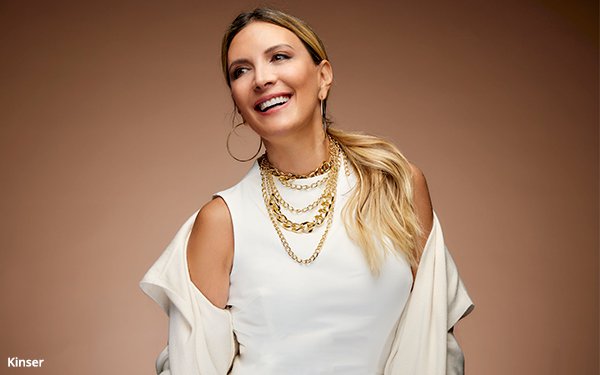
Ivonne Kinser, CMO from Hoplark
writes about brands needing to be unique to stand out amongst the crowd. Keep reading to find out what is holding brands back and examples of brands that were successful in creating a movement around
originality.
In an industry where trends often dictate strategies, the allure of imitation is tempting. A "me too" approach can feel like the safer path, after all, it
replicates what has already proven successful. But at what cost?
Building a brand that copies the playbook of others may lead to fleeting gains but rarely leaves a
lasting impression. Originality, on the other hand, is a bold and often lonely road. It demands courage, creativity, and an unshakable belief in your vision. Yet, history, and the present, shows us
that the brands we love the most are the ones that dared to be different.
Consider Liquid Death. At first glance, the concept, a premium water brand in tallboy cans
might seem absurd. But its irreverent, punk-rock branding and unapologetic authenticity carved out a loyal fan base, making it one of the most talked-about beverage brands today. Similarly, Allbirds
defied the status quo in footwear by championing sustainability and minimalism, resonating deeply with eco-conscious consumers. Oatly disrupted the dairy alternative market by blending a quirky,
rebellious voice with an unwavering commitment to sustainability, making oat milk not just a product but a lifestyle. Glossier reshaped the beauty industry by prioritizing community-driven product
development and minimalist design, fostering an almost cult-like following. Even Patagonia continues to lead as a pioneer, redefining what it means to merge business success with environmental
activism.
These brands didn’t try to blend in; they aimed to stand out, reimagining categories in ways that felt fresh, personal, and deeply connected to their
values.
Originality requires a leap into the unknown, a willingness to risk rejection and criticism. This is why it feels so daunting. When you step off the well-trodden
path, you inevitably face naysayers who question your choices. But here’s the truth: greatness often begins where comfort ends.
Think of the cultural icons, Apple,
Nike, Tesla, that didn’t just embrace originality; they built entire movements around it. Their successes weren’t the result of mimicking competitors but of redefining what their
industries could be. They ignored the detractors and stayed committed to their unique identities, attracting loyal fandoms organically. Their originality wasn’t just a differentiator; it was
their essence.
So why do so many brands settle for being imitators? The answer lies in fear. Fear of the unknown, fear of failure, fear of not appealing to everyone. But
in trying to please everyone, we risk resonating with no one. Playing it safe by mimicking others may shield us from immediate risks, but it also prevents us from building genuine connections and
creating a legacy.
The paradox of originality is that it is simultaneously risky and rewarding. It requires a commitment to authenticity and a willingness to forgo quick
wins in favor of deeper, long-term impact. It’s about creating a brand that doesn’t just sell but inspires—one that doesn’t chase trends but sets them.
In a world saturated with noise, originality is your loudest amplifier. It is what separates the unforgettable from the forgettable. So, as marketers, leaders, and creatives, we must
ask ourselves: Are we brave enough to reject the safety of imitation? Are we willing to risk failure in the pursuit of something truly extraordinary?
The choice is ours. But
if we want to leave an indelible mark, we must embrace the risk of originality. Because the brands that matter most are not those that follow. They are the ones that lead fearlessly.
If you’re interested in submitting content for future editions, please reach out to our Managing Editor, Barbie Romero at Barbie@MediaPost.com.